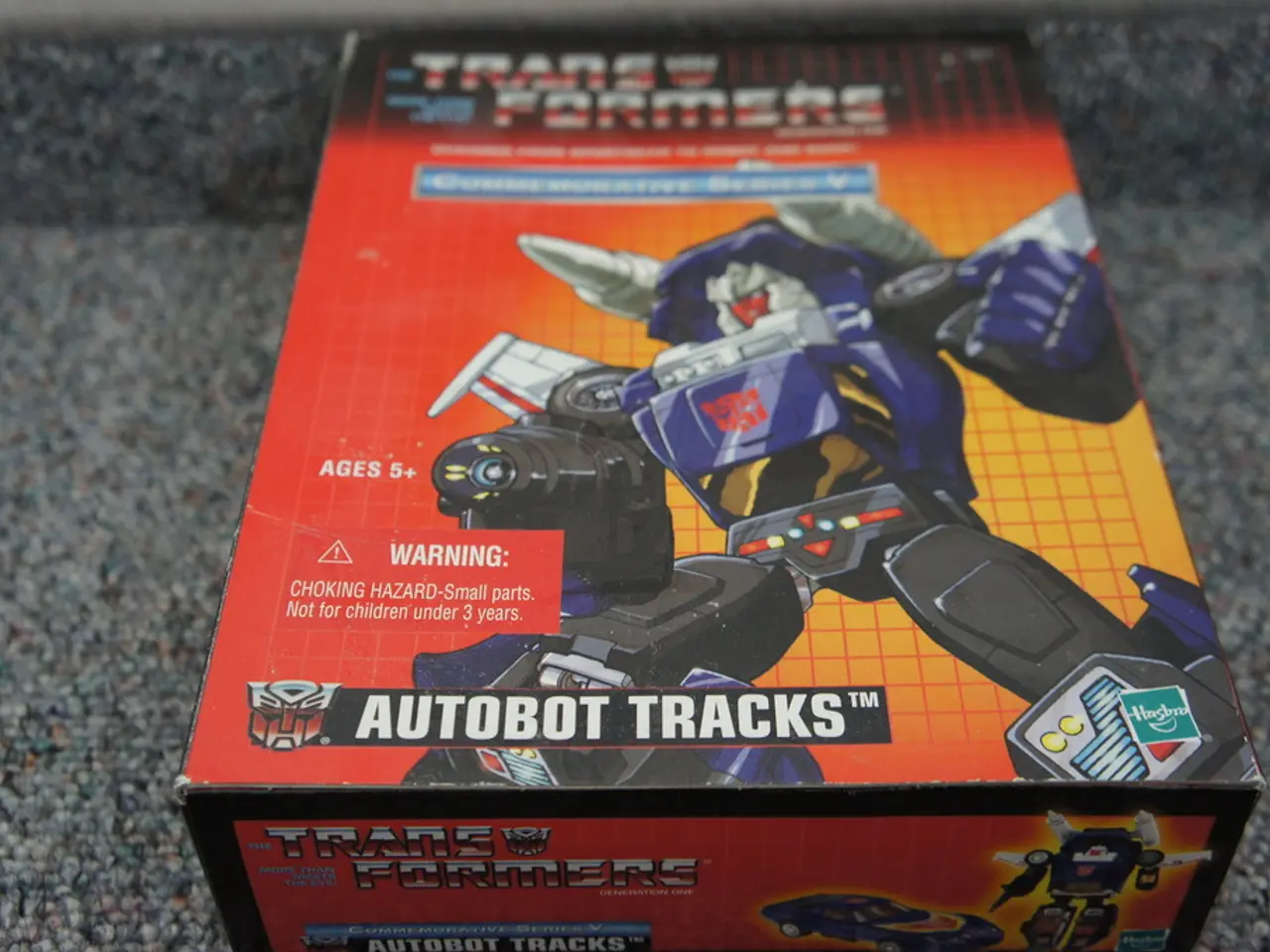Competitive player in Valorant utilizes a homemade shooting device to triumph in tournaments
In a groundbreaking development, software engineer Kamal Carter has constructed a physical aimbot for the popular first-person shooter game, Valorant. This unique device combines machine vision, robotics, and direct interaction with the input device to create an aimbot that operates in the physical world, making it difficult for anti-cheat software to detect.
Hardware Setup
At the heart of the aimbot is a repurposed Cartesian CNC platform, modified to precisely move a small mousepad in two dimensions. DC motors control the movement, allowing for direct control over the cursor position. An optical mouse is fixed on top of the moving mousepad, translating the movement into in-game crosshair movement. Mouse clicks are electronically activated via a relay connected to the mouse button circuit.
Object Detection
The aimbot utilises the YOLO (You Only Look Once) AI object detection system, which has been manually trained on screenshots from Valorant’s shooting range challenge. This allows the system to identify enemy targets and their positions on the screen by detecting bounding boxes around character models.
Aiming Process
The YOLO system continuously analyses the game screen to locate enemy hitboxes. Based on the detected target position, the CNC platform’s motors are driven to move the mousepad such that the mouse’s cursor moves towards the center mass (aim point) of the enemy in real time. Once the crosshair is aligned on the target, the mouse click is electronically activated to "shoot".
Performance and Limitations
This approach is designed to closely mimic human mouse inputs, making it virtually undetectable by Valorant’s anti-cheat software since the game only sees normal mouse movement and clicking. However, the system is mainly effective in the shooting range due to the training scope of the YOLO model and the physical speed/accuracy limits of the motors and mouse mechanics. Applying this in actual matches is challenging due to player model variety and dynamics.
Conclusion
Carter's aimbot demonstrates the potential for games to be roboticised and beaten outside of just the software realm. While it can complete shooting range challenges in Valorant, its limited training makes it difficult to use effectively in competitive matches. Nevertheless, this innovative creation showcases the ingenuity of developers and the ongoing cat-and-mouse game between game developers and cheaters.
In the realm of hardware setup, the aimbot utilizes a repurposed CNC platform and gadgets such as DC motors, an optical mouse, and a relay to electronically activate mouse clicks. This physical aimbot also leverages technology through the usage of the YOLO AI object detection system, demonstrating the integration of cybersecurity, gadgets, and technology.
Due to the system's limited training and application challenges in competitive matches, Carter's aimbot, despite its potential, underscores the ongoing evolution of games and the constant contest between developers and cheaters, residing within both the software and hardware aspects of gaming.




